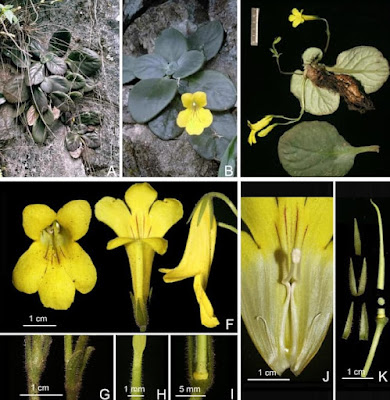Abstract
A novel endemic pest of clove tree, Cryptophasa warouwi sp. nov., has been discovered on Sangihe Island. This new species can be distinguished from its closest relative species, C. watungi Sutrisno & Suwito, 2015 which is found in North Sulawesi, by its dark brown straw-coloured wings in both males and females. The most distinctive diagnostic characters of this new species are observed in its genitalia structure: a bent-downward uncus with a strongly sclerotized finger-shaped apex, a bent phallus gradually widened towards coecum, and a double, membranous corpus bursae branching off at mid-ductus corpus bursae of female genitalia. Additionally, DNA barcodes revealed this new species to be embedded among Australian Cryptophasa species despite having fasciculated male antennae that have been considered diagnostic of the genus Paralecta. This suggests that the male antennae may not be a reliable character for separating Cryptophasa from Paralecta. A more comprehensive study including all Cryptophasa and Paralecta will be required to elucidate the definition of each genus. Images depicting both adults and genitalia are provided for this newly recognized species.
Lepidoptera, clove, description, genitalia, Syzygium, tunnels
 |
| A. Crytophasa watungi ♂, B. C. watungi 3f, C. C. warouwi sp. nov., ♂, D. C. warouwi ♀. ds= discal spot, blt= basal line of termen. |
Cryptophasa warouwi Sutrisno & Watung, sp. nov.
Diagnosis. The male of C. warouwi sp. nov. is easily distinguished from the closest species, C. watungi , by the forewing dark brown streak along the entire costa, which is gradually paler towards CuP, being light brown from CuP towards dorsum, the dark brown spots on discal cell of forewing, predominantly dark brown and become paler from the cubito-anal (CuA 1 and CuA 2) area towards dorsum, and white on the discal cell of hindwing. The female has the forewing with a white ochreous ground color tinged with brown from costa to dorsum, more pronouncedly so toward the margin, with a dark brown spot at the discal cell, a margin with a prominent basal line of alternating white and dark brown dashes (Fig. 1C–D). A bent-down uncus (black arrow) with a strongly sclerotized, finger-shaped apex (black arrow) a slightly sclerotised, medially bent phallus (black arrow), and a double corpus bursae without signum black arrow) are the best diagnostic for the male and female genitalia of this species (Fig. 2C–D, 3B).
Etymology: The species name is dedicated to Dr. Ir. Jootje Warouw, a senior entomologist and retired professor in the Faculty of Agriculture, Sam Ratulangi University who conducted research on pest control in Sangihe and Talaud Islands.
Jackson F. Watung, Robert W. Tairas, James B. Kaligis, Darmawan Darmawan, Awit Suwito, Raden Pramesa Narakusumo, Encilia Encilia, Dhian Dwibadra, Anik Budhi Dharmayanthi and Hari Sutrisno. 2024. A New endemic Clove Tree Pest of Cryptophasa Lewin, from Sangihe Island, Indonesia (Lepidoptera: Xyloryctidae). Zootaxa. 5403(1); 141-150. DOI: 10.11646/zootaxa.5403.1.10































-novataxa_2024-Wong_Teerawat_Sungkaew_.jpg)
--novataxa_2024-Wong_Neo.jpg)















